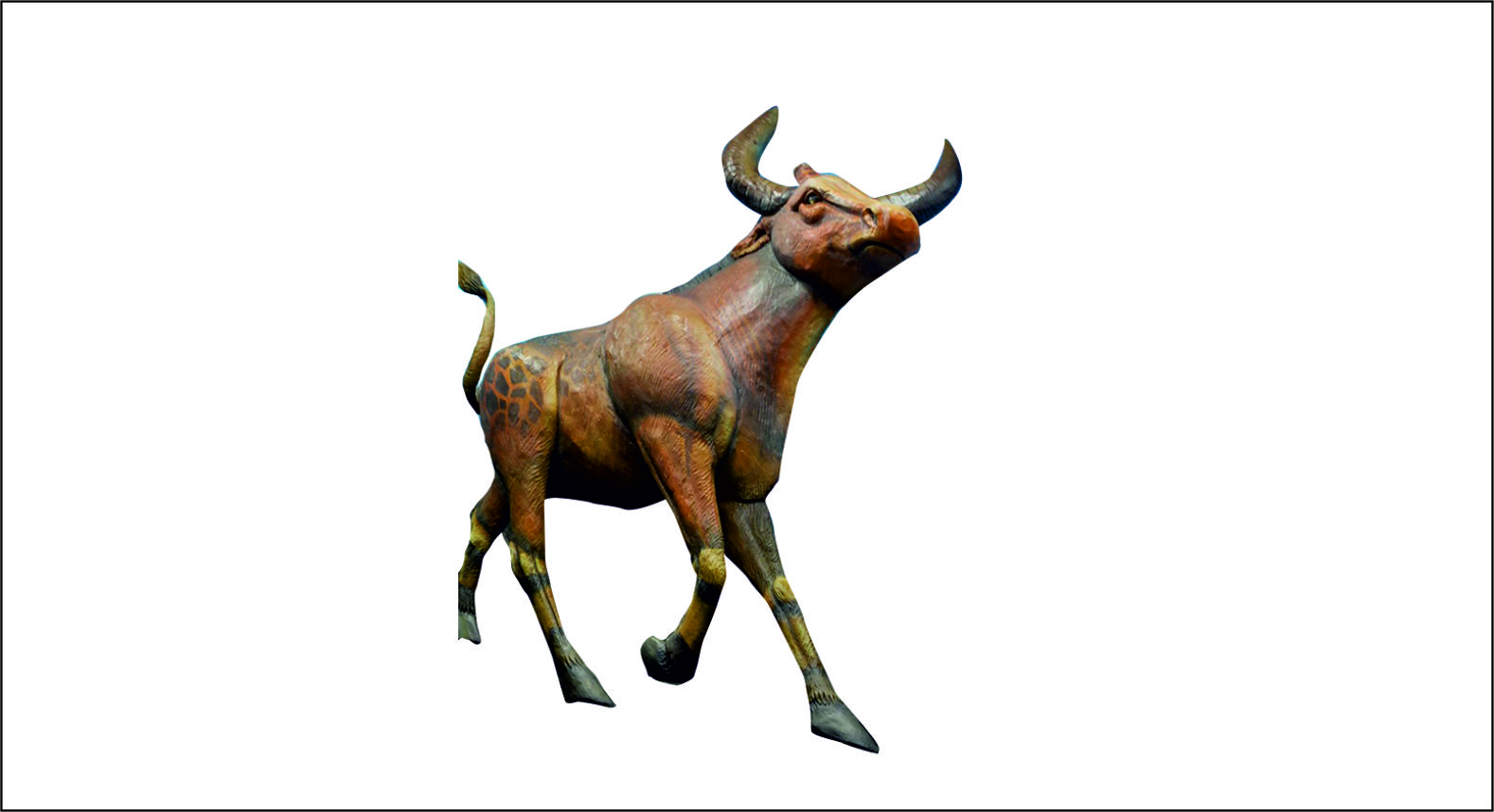
Sivatherium
- Extinct genus of giraffids
- Ranged throughout Africa to the Indian subcontinent
- Late Pliocene-Modern (5 million-10,000 years ago)
- S. giganteum remains have been recovered from the Himalayan foothills, dating around 1 million years ago.
- Suggestions have been made that S. maurusium may have gone extinct as recently as 8,000 years ago.
- Sivatherium giganteum is, by weight, one of the largest giraffid known, and also one of the largest ruminants of all time.
- Sivatherium was first scientifically described in 1836 by the English paleontologists Hugh Falconer and Proby Thomas Cautley.
- Its bones had come from the Sivalik Hills of India.
- Initially classified as a prehistoric elephant, and later as an antelope.
- It took years after its discovery for naturalists to identify Sivatherium as an ancestral giraffe.
- Like much of the mammalian mega faunaof the Pleistocene epoch, the 13-foot-long, one-ton Sivatherium was hunted by the early human settlers of Africa and India, who must have greatly valued it for its meat and pelt.
- The last Sivatherium populations went extinct at the close of the last Ice Age, about 10,000 years ago, as well as warming temperatures in the northern hemisphere restricted its territory and its available sources of forage.
